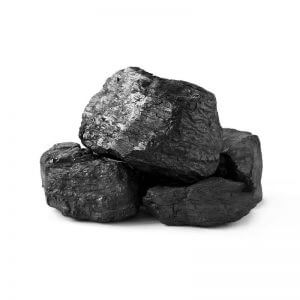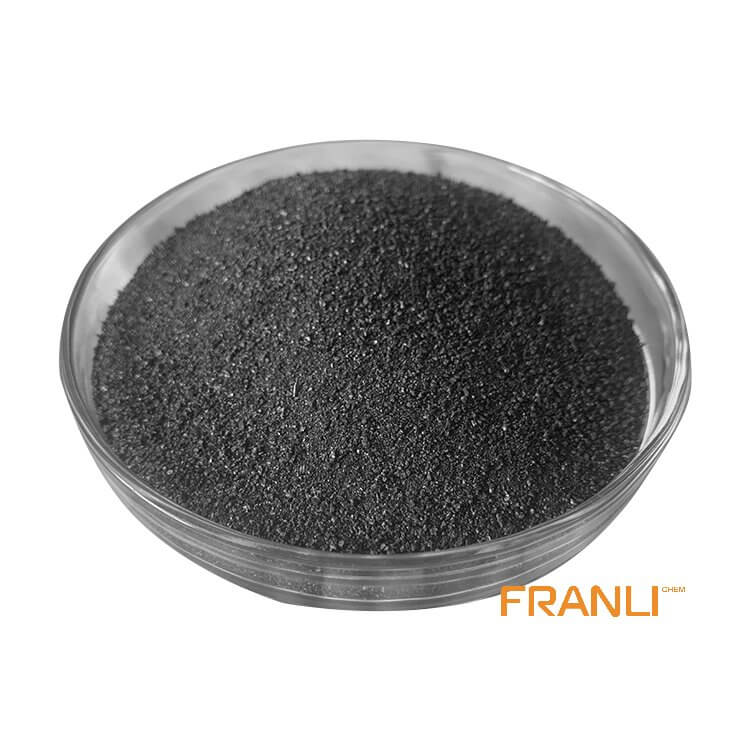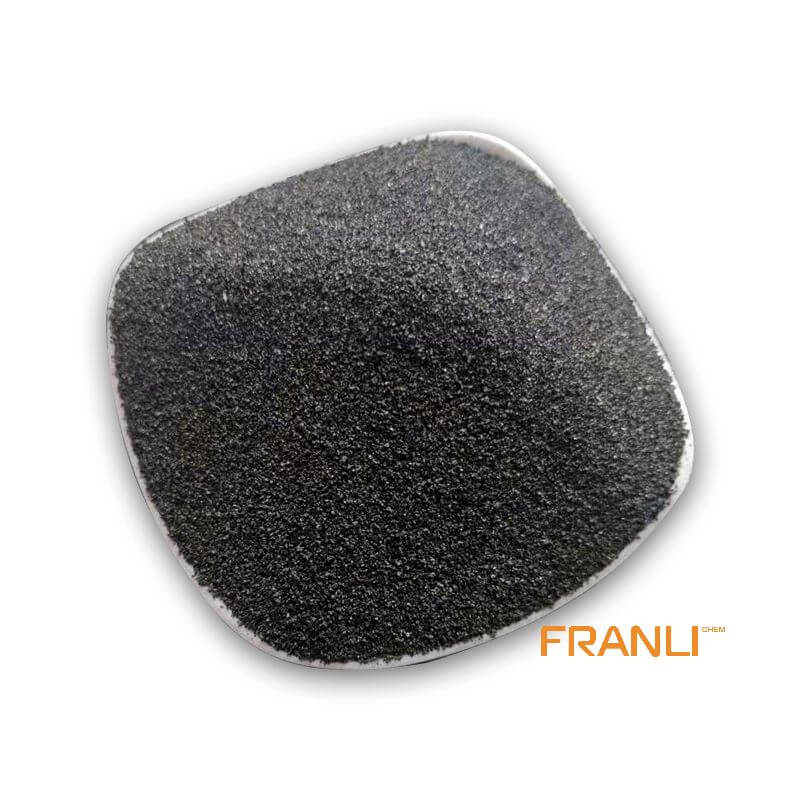


Petroleum Coke
Size
According to your requirements
Package
25 kg small bags into ton bags or ton bags
Features
Low ash content and low boiler ash discharge, etc.
Application
Depending on its quality, petroleum coke can be used in industries such as graphite, smelting and chemical industry, etc
Petroleum coke, as a byproduct of petroleum, is produced in the process of petroleum processing, that is, the crude oil is distilled to separate light and heavy oil, and the heavy oil is converted into petroleum coke by hot cracking. If petroleum coke can be obtained directly from petroleum processing, then the petroleum coke is raw coke or ordinary coke. Petroleum coke has irregular shape, dark gray or black, porous structure and metallic luster.
Request a quote
Since the National Day, represented by Shandong refinery petroleum coke market trading slowdown, refinery coke prices continue to fall. At the same time, the refinery of northwest China Petroleum Is in full swing, the price of petroleum coke continues to rise, then what are the reasons for this situation:

From January to September in 2021, the average price of petroleum coke 3B in Shandong showed an upward trend, especially reaching the highest value of 3575 yuan/ton in September. After National Day, the price of Shandong land refining showed a downward trend. Although there was a brief rebound in late October, the overall downward trend remained unchanged, with a decline of 600 yuan/ton or 16.78%. The average price of petroleum coke 3B in northwest China has shown a slow rising trend, and the increase rate has become larger since the end of September. At present, the average market price is 3720 yuan/ton, up 800 yuan/ton or 26.81%.
From the perspective of capacity distribution, the domestic delayed coking capacity is more east and less west. East China (especially Shandong) delayed coking capacity distribution is more concentrated, accounting for more than half of the national total capacity, capacity accounted for 54%. However, there are only 8 refineries in northwest China with a total delayed coking capacity of 12.6 million tons/year, accounting for 9% of the national total capacity.
In terms of downstream consumption distribution, northwest China is the second largest consumption region after East China. The consumption in east China accounts for 45 percent of the total consumption in China, while that in northwest China accounts for 16 percent.
It can be seen from the analysis that refineries in East China are concentrated, the proportion of production capacity exceeds that of consumption, and supply exceeds demand. Recently, the price of electrolytic aluminum has been falling, from 24,000 yuan/ton in October to 18400 yuan/ton or so, down more than 5,000 yuan/ton. In addition, with the introduction of national policies, the situation of domestic coal resource tension has been gradually eased, and the coal price has been rapidly adjusted, which to some extent leads to the reduction of the market demand for petroleum coke. In the case of increased supply and reduced demand, refinery market support is insufficient, refinery coke price continues to the callback.

There are fewer refineries in northwest China, and the consumption ratio obviously exceeds the capacity ratio. As a result, carbon plants in northwest China not only use local petroleum coke resources but also purchase imported coke and eastern coke. In the near future, the northwest region entered the stocking season, the demand for petroleum coke is larger. The local refinery operation is relatively stable, unable to meet the demand of downstream carbon enterprises. Under the impact of the epidemic, Alashankou was basically closed, and petroleum coke imports supplied to Xinjiang suffered setbacks. Although the petroleum coke imports reached Xinjiang through Erlianhot, the petroleum coke imports from northwest China shrank seriously. Affected by the epidemic and arbitrage, the feasibility of petroleum coke from central China to northwest China is insufficient.
Overall, by stocking season and being affected by the epidemic, petroleum coke market demand increases. It is expected that the price of petroleum coke in the near future in the northwest market still has certain space to rise.
China’s petroleum coke imports fell 3.45 percent in September from the previous month. China’s total petroleum coke imports reached 1.12 million tons in September, up 46 percent year-on-year or 352,600 tons, but down 3.45 percent or 40,000 tons from the previous year, according to customs data. From January to September this year, China’s total imports of petroleum coke reached 9.8 million tons.
The top exporters of petroleum coke to China in September were the United States (584,500 mt), Saudi Arabia (264,500 mt), The Russian Federation (81,700 mt), and Taiwan (51,800 mt). Imports from other countries or regions totaled 135,500 tons. In September, 318,500 tons of low and medium sulfur petroleum coke and 799,400 tons of high sulfur petroleum coke were imported. China’s petroleum coke imports in September were in line with expectations. According to THE SMM survey, the price of petroleum coke in China remained high in September, with daily shipments at various ports reaching 20,000-30,000 tons. In short supply.
However, domestic petroleum coke prices eased in October. Medium and high sulfur petroleum coke prices are down 200-300 yuan/ton. Port delivery was poor, about 5,000 mt. In the case of high coke prices, high sulfur petroleum coke is favored. Sulfur sponge coke prices fell. The downstream calcining plant purchases on demand and is highly resistant to high prices. Secondary dealers and some primary dealers are taking a wait-and-see attitude. Petroleum coke imports are expected to fall in October.



